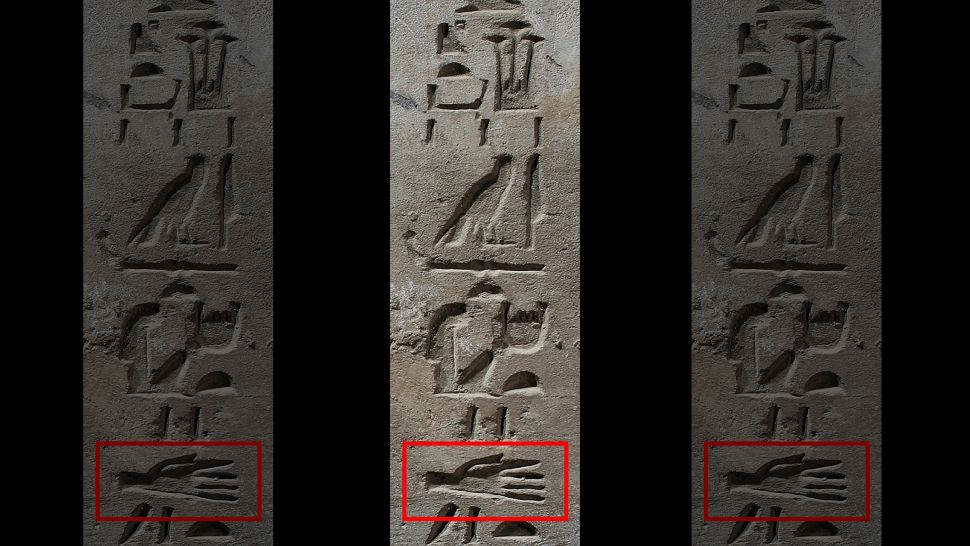A shocking discovery of twelve severed hands buried in an ancient Egyptian palace might shed light on an old gruesome practice: exchanging enemy hands for gold, a new study reveals.

Discovery of a Gruesome Ritual: Severed Hands Buried in Palace Grounds
During a 2011 excavation of a courtyard in the palace situated in the ancient city of Avaris, now known as Tell el-Dab’a, in northern Egypt’s eastern Nile delta region, scientists discovered twelve severed hands buried in three pits. The study reveals that the hands likely belonged to individuals older than 14 to 21 years, and were possibly all males, with the sex of one individual remaining uncertain.

A Ritual from an Ancient Era: The ‘Gold of Honor’ Practice
The Hyksos, a group originally from Asia who controlled part of Egypt during the 15th dynasty (approximately 1640 B.C. to 1530 B.C.), possibly exchanged these severed hands for gold in a ceremony referred to as “gold of honor,” as described in ancient Egyptian records. Typically, the severed right hands of enemies were exchanged for a reward—a collar of gold beads. The study pointed out that both men and women could have been victims of this practice, as women too were linked to the political, social, and religious spheres of warfare.
The Question of Origins: Did the Hyksos Introduce the Practice?
Researchers hypothesize that this practice might have been introduced by the Hyksos and later adopted by other Egyptian rulers. This theory is supported by the fact that there are no recorded instances of this ritual before the Hyksos period. Whether the hands were severed from living or deceased victims remains unknown, however, it’s likely that this occurred within or near Avaris.

Controversy Among Researchers: Determining the Sex of the Victims
Despite the agreement among researchers that the hands were likely offered in exchange for the ‘gold of honor,’ there’s some disagreement about the method used to determine the sex of the victims. Since no DNA samples were obtained from the hand bones, the team used the ratio of the second digit to the fourth digit of the hands as a measure, a method that has faced criticism.
This gruesome discovery, although controversial, provides valuable insights into the brutal practices of the inhabitants of ancient Avaris, prompting further exploration into our understanding of past civilizations and their rituals.






